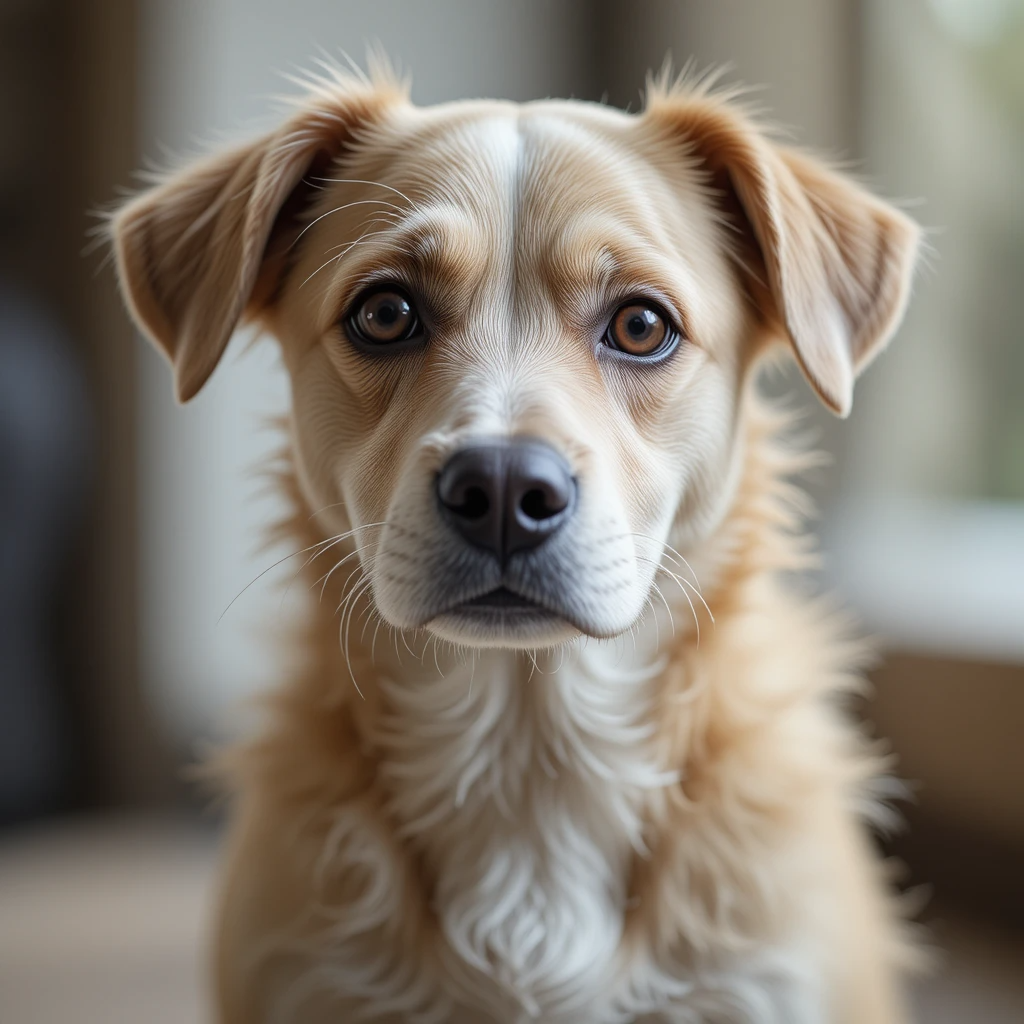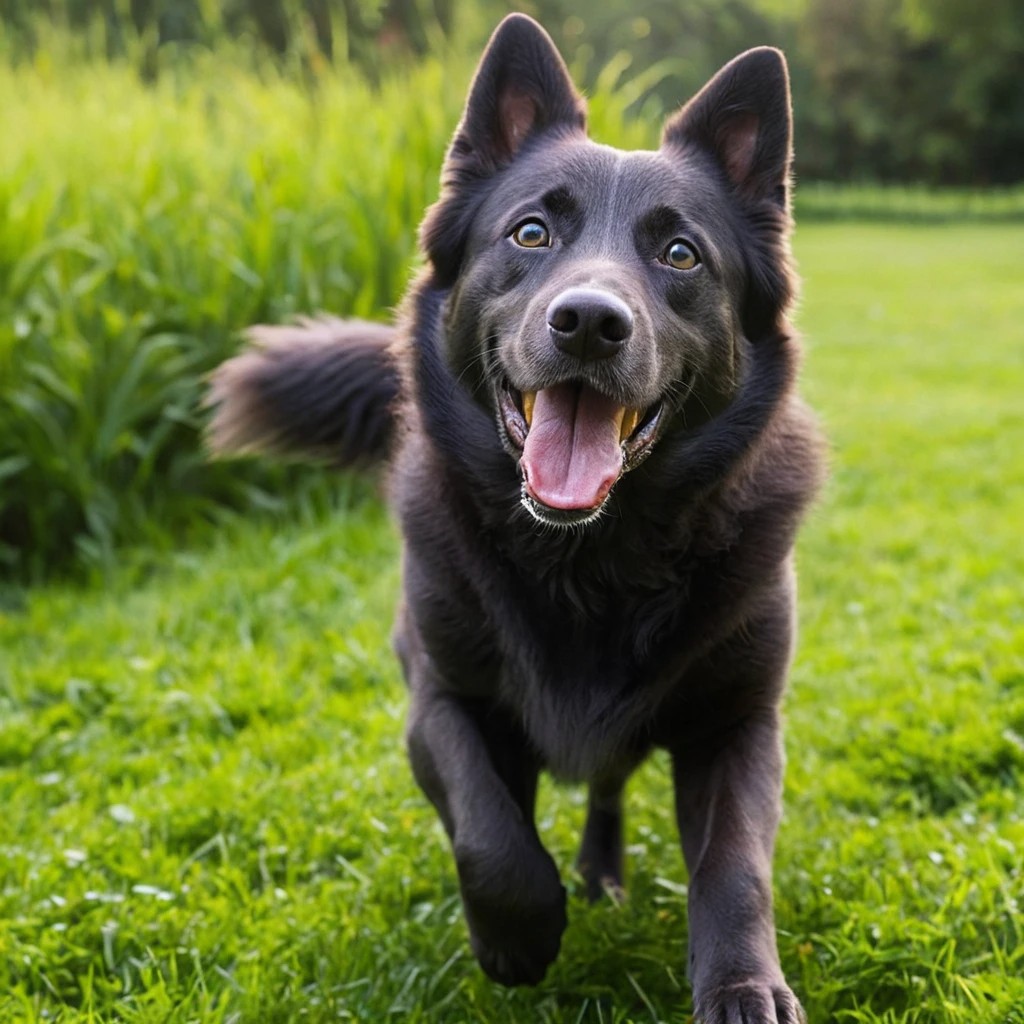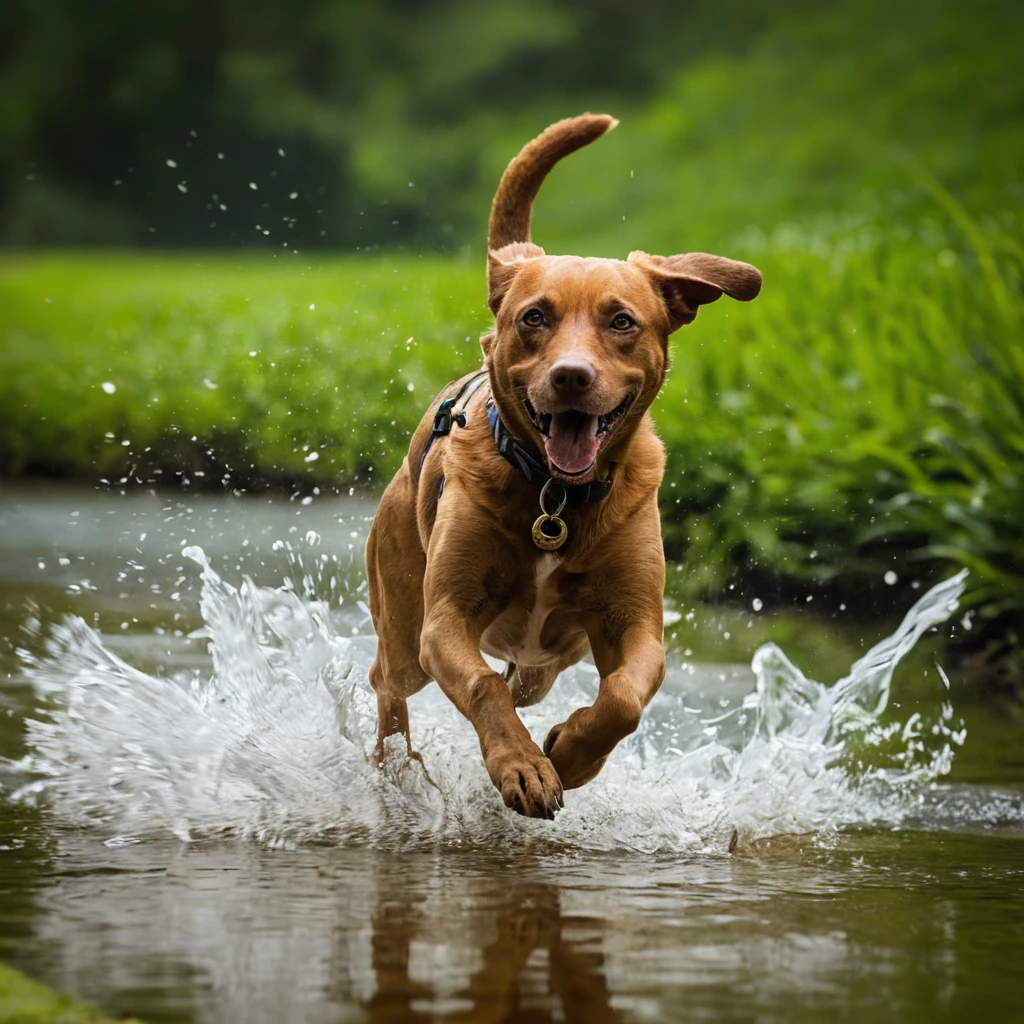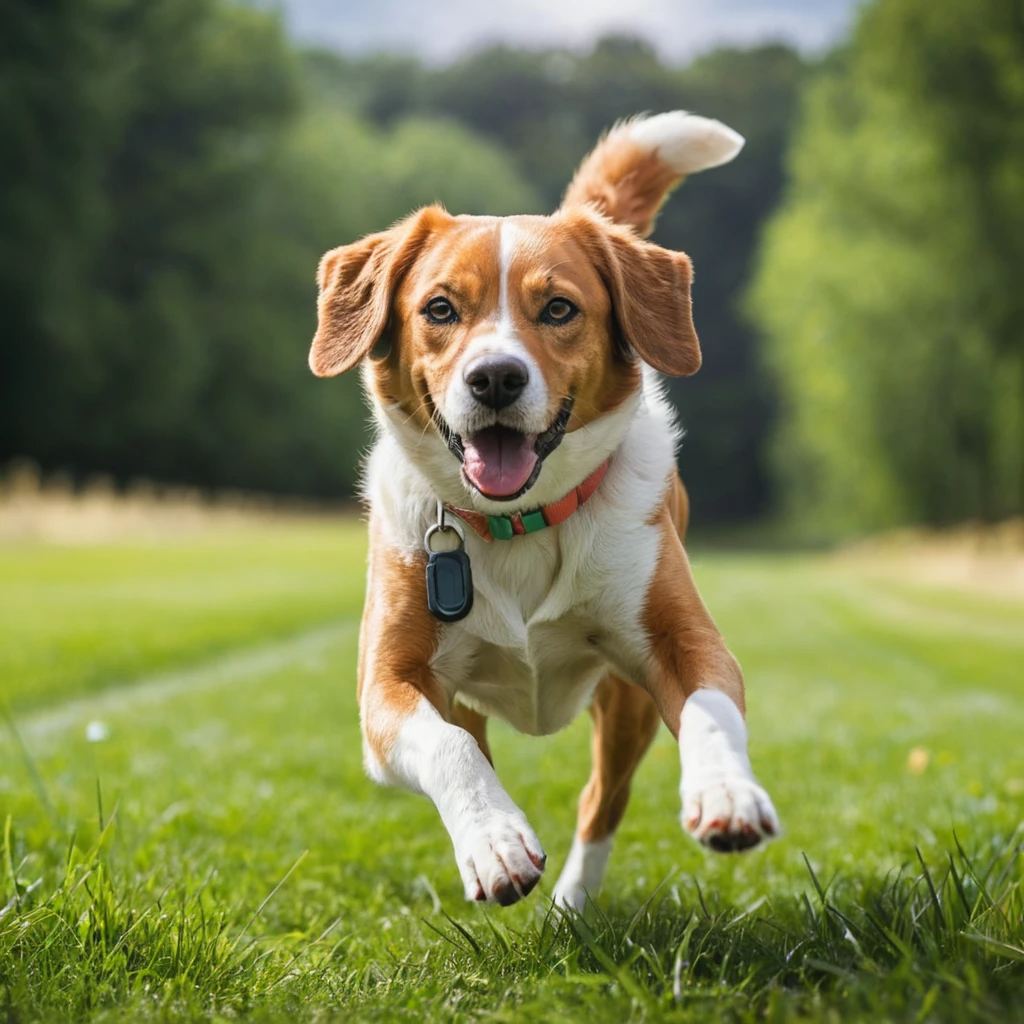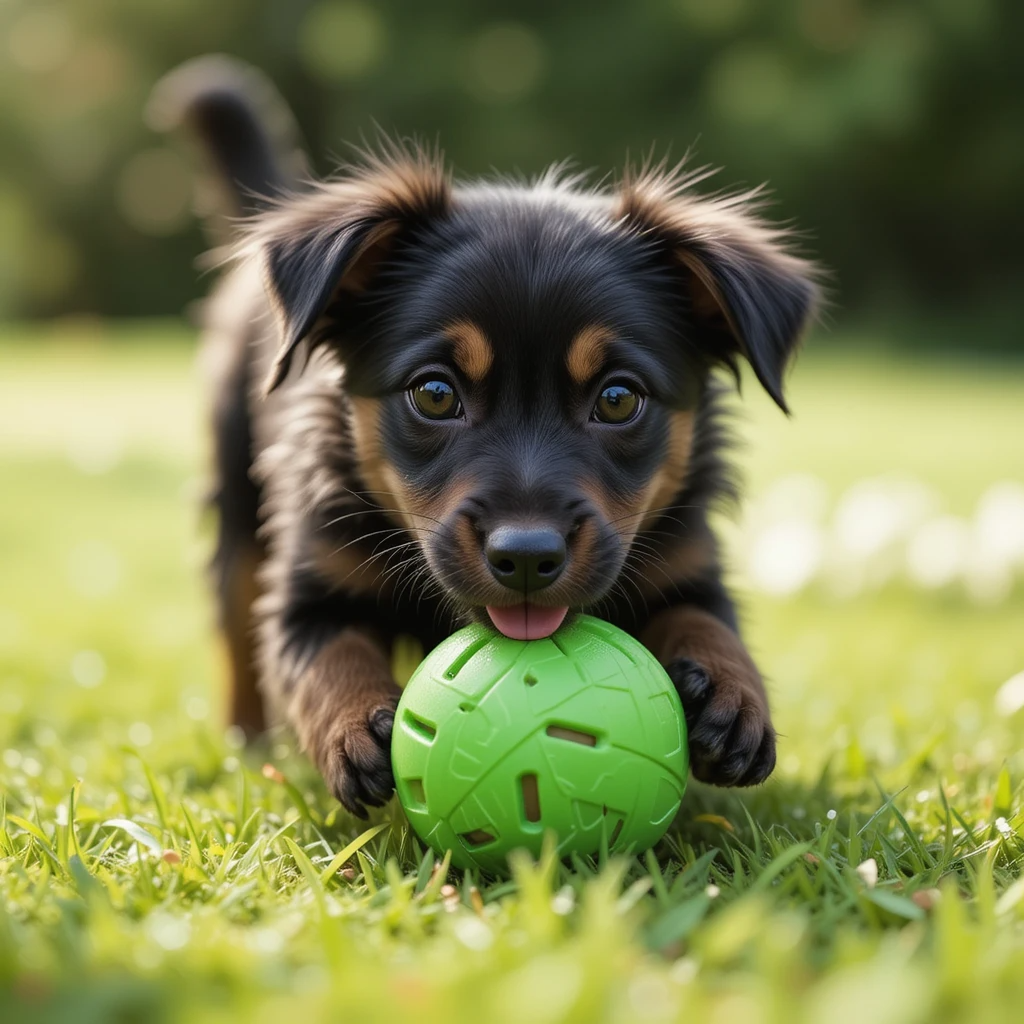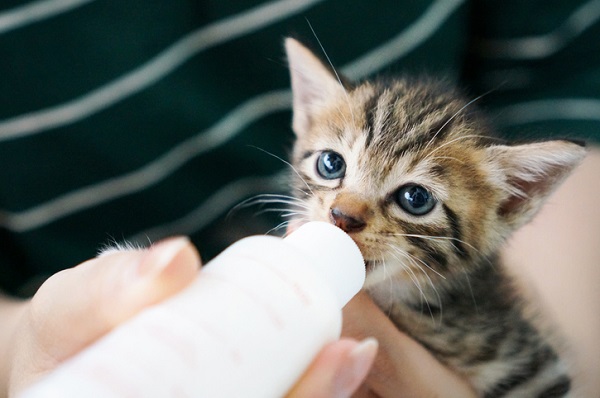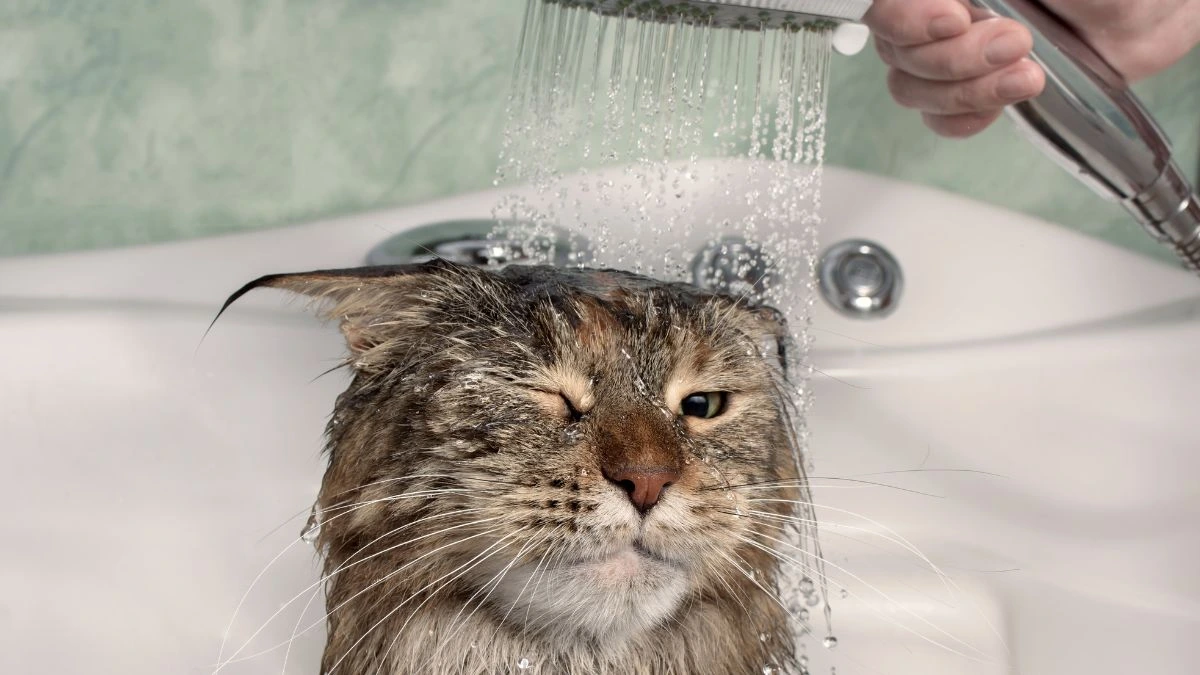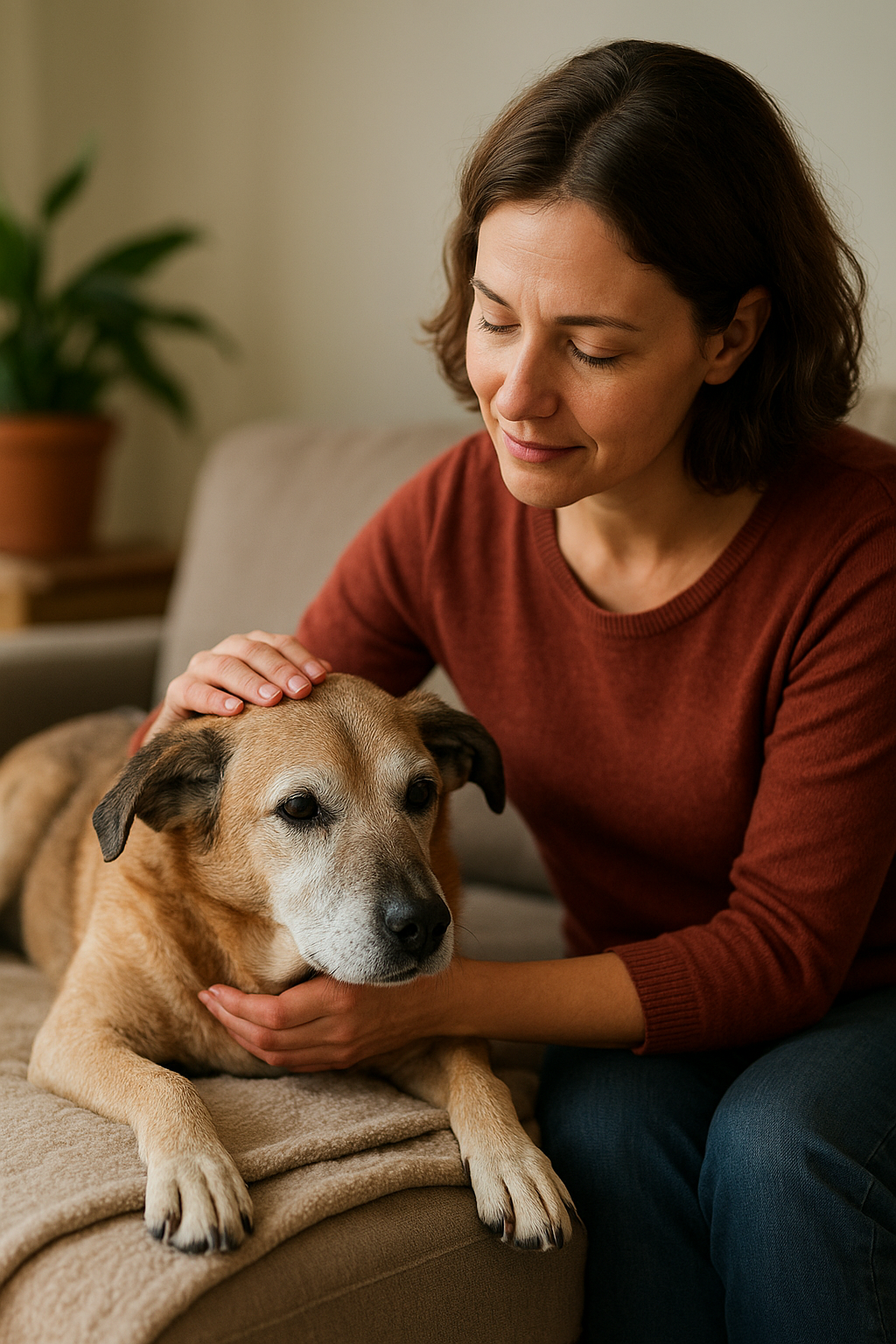Problemas e desafios para o seu companheiro canino. Reconhecer os primeiros sinais de envelhecimento pode ajudá-lo a reagir com cuidado e compaixão, garantindo que seu cão continue a viver uma vida feliz e confortável.
Vamos explorar os 10 sinais mais comuns de envelhecimento em cães e como você pode ajudar a lidar com eles de forma eficaz. 🐶❤️
- Desacelerando fisicamente 🐕🦺⚠️
Um dos primeiros e mais perceptíveis sinais de envelhecimento é a diminuição da energia. Seu cão, antes saltitante, pode não estar mais tão ansioso para caminhadas ou pode se cansar mais rapidamente.
🩺 Como lidar com isso:
Encurte as caminhadas, mas aumente a frequência delas
Forneça suplementos para as articulações, como glucosamina
Adicione superfícies macias ou rampas pela casa
Incentive movimentos suaves para manter as articulações móveis
- Pelos grisalhos ou esbranquiçados 🐾👵
Assim como as pessoas, os cães frequentemente ficam grisalhos à medida que envelhecem. O embranquecimento geralmente começa ao redor do focinho e dos olhos, dando ao seu cão uma aparência sábia e digna.
🩺 Como lidar com isso:
Não há necessidade de preocupação aqui — é uma mudança estética. Mantenha a escovação e os banhos regulares para manter a saúde e a maciez da pelagem.
- Rigidez articular ou artrite 🦴🚫
Rigidez, claudicação ou dificuldade para se levantar após descansar podem ser sinais de artrite, uma condição comum em cães idosos.
🩺 Como lidar:
Forneça uma cama ortopédica
Pergunte ao seu veterinário sobre medicamentos anti-inflamatórios
Inclua ácidos graxos ômega-3 na dieta
Mantenha-o com um peso saudável para reduzir a tensão nas articulações
- Alterações de peso ⚖️🍽️
Cães idosos podem ganhar peso devido à desaceleração do metabolismo ou perder peso devido à atrofia muscular ou doenças subjacentes.
🩺 Como lidar com:
Mude para ração para cães com fórmula para idosos
Monitore o tamanho das porções e reduza os petiscos
Consulte o veterinário se ocorrerem mudanças repentinas
Incentive exercícios leves e o engajamento mental
- Perda de audição e visão 👂👁️
Seu cão está ignorando comandos ou esbarrando em móveis? O declínio sensorial é comum em cães idosos.
🩺 Como lidar com:
Evite assustá-los com movimentos bruscos
Use sinais visuais ou manuais para comandos
Mantenha móveis e objetos em locais consistentes
Fale com uma voz calma e tranquilizadora
- Mudanças comportamentais 🧠😕
Alterações cognitivas, como desorientação, ansiedade ou padrões de sono alterados, podem indicar Disfunção Cognitiva Canina (DCC) — semelhante ao Alzheimer em humanos.
🩺 Como lidar com:
Mantenha uma rotina diária previsível
Use quebra-cabeças e brinquedos com comida para estimulação mental
Proporcione ambientes tranquilos e calmos
Converse com seu veterinário sobre suplementos de suporte cognitivo
- Problemas dentários 🦷👃
Mau hálito, gengivas inchadas ou dificuldade para mastigar podem ser sinais de doença dentária, muito comum em cães idosos.
🩺 Como lidar com:
Escove os dentes regularmente
Ofereça petiscos ou dietas dentais
Agende limpezas profissionais
Observe sinais como coçar a boca ou babar
- Mudanças na pele e na pelagem 🧴🐕
Você pode notar pelagem seca e escamosa, pelos ralos ou o aparecimento de caroços e caroços. A pele fica mais delicada com a idade.
🩺 Como lidar com:
Dê banho com xampus suaves e hidratantes
Escove com frequência para distribuir os óleos naturais
Leve ao veterinário qualquer nódulo novo
Garanta uma nutrição adequada, especialmente com ácidos graxos
- Aumento do Sono 💤🛏️
Cães idosos dormem mais — às vezes até 18 a 20 horas por dia — e frequentemente precisam de mais descanso entre as atividades.
🩺 Como lidar com:
Deixe-os descansar sem serem incomodados quando precisarem
Providencie um local tranquilo para dormir, longe do tráfego de pessoas
Evite forçar brincadeiras ou atividades quando eles não estiverem dispostos
Mantenha as noites tranquilas para evitar inquietação
- Incontinência ou Sujeira em Casa 🚽🐶
Seu filhote, antes bem treinado, pode começar a ter acidentes em casa. Isso pode ser devido a músculos da bexiga enfraquecidos, infecções urinárias ou outros problemas de saúde.
🩺 Como lidar com a situação:
Programe pausas mais frequentes para ir ao banheiro
Use absorventes ou fraldas para cães, se necessário
Mantenha as áreas de dormir e comer limpas
Consulte seu veterinário para descartar condições subjacentes
Dica extra: as necessidades emocionais são maiores 💞🐾
Cães mais velhos podem se tornar mais dependentes emocionalmente, buscando mais atenção e conforto de você. Eles são mais sensíveis a mudanças no ambiente ou na rotina.
Passem um tempo de qualidade juntos todos os dias
Converse com eles com carinho
Ofereça carinho, massagens ou sessões de escovação
Faça com que se sintam seguros e protegidos o tempo todo
Considerações finais: Seja o herói deles em todas as fases da vida 🐕🧓
O envelhecimento é uma parte natural e bela da vida de um cão — um sinal de anos bem vividos e lealdade compartilhada. Ao aprender a identificar esses sinais precocemente e responder com carinho e amor, você se torna o herói supremo do seu cão em seu estágio mais vulnerável. 🦸♂️🐶
O segredo é paciência, rotina e um profundo compromisso com o conforto deles. Com a sua ajuda, seu cãozinho idoso ainda pode aproveitar cada abanada de rabo, carinho na barriga e soneca ao sol.
Fique por perto. Seja gentil. O amor deles só cresce com o tempo. 🐾💖

